Seker Bayramı – Turkey’s three day sweet feast
When I first came to Turkey more than 20 years ago, I experienced the sweet frenzy then known as Şeker Bayramı (sugar festival) for the first time. It marks the end of the fasting month of Ramazan. It would be logical to think the name Sugar Holiday comes from the amount of chocolate, baklava and bonbons consumed over this three day period, but there are many different stories behind the name. Ever since the reign of Selim II, the 11th sultan, experts have argued about the origins. Some insist it should be called Ramazan Bayramı, others hotly contend that Seker Bayramı is the correct name, and yet others have another view.
I’ve always referred to it as Şeker Bayramı because that’s how I first knew it, but there’s a strong suggestion that it should really be Şükür Bayramı. Şükür means gratitude or thanks in Arabic, and that’s what people remember at the end of the fasting period. The confusion may have come about from the fact that in Ottoman Turkish both thanks and sugar were written in the same way, as kine-kef-rı. The difference in meaning is only apparent when spoken aloud. The different emphasis on particular syllables allows the listener to know which word is being spoken, but this isn’t possible in the written form.
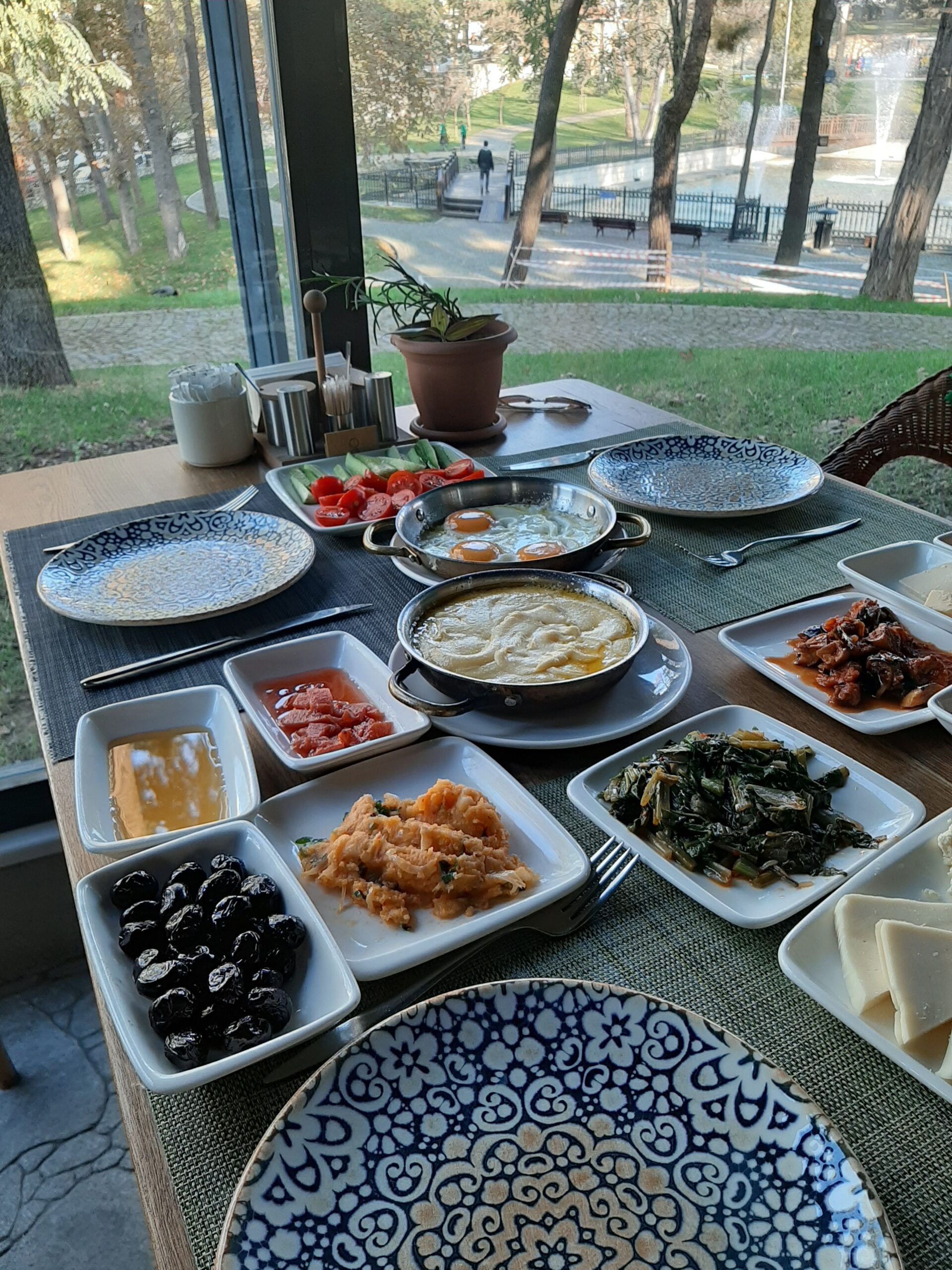
More recently called by its Arabic name, Eid al-Fitr, Şeker Bayramı is both celebratory and religious. Eid means festival, while Fitr literally translated means ‘original nature’, referring to the return to one’s best version of oneself. Used together, the phrase Eid al-Fitr means ‘festival of breaking of the fast’. There are many traditions associated with this particular Bayram in Turkey, the consumption of sweets being the most well-known. However, before the feasting begins, devout Muslims complete the following obligations. On the first day of the holiday, after a light breakfast, charitable donations called Sadaqat-ul-fitr, are given to the poor and needy, then the men go to the mosque to perform Bayram prayers. People greet each other by saying Bayramınız Mübarek Olsun, meaning “May Your Feast Be Blessed”.
For three days the roads are clogged with people busily visiting relatives in order of age and importance. Even the youngest children perform temenna, bowing low to kiss the hands of their elders and then touching their hand to their own forehead as a sign of respect. In their hearts, the little ones are secretly hoping for a large coin in return for their actions. This tradition is believed to have started in Ottoman times, which is also when the giving of sweets became a custom. It was common practice to send trays of sweets to soldiers in the army after 15 days of Ramazan had elapsed. From this the tradition of halk tatlısı or people’s sweets began. Neighbourhood pastry shops will be overflowing with assorted halk tatlısı, such as syrupy sweet tulumba, and enormous trays of chocolates to give or share with guests.
It’s also a time for remembering loved ones who’ve passed away. Cemeteries are crowded with family members visiting, sending prayers, tending to the graves and having a moment of reflection.
As Seker Bayramı is about reuniting with family, locals travel a lot at this time. Make sure you book your plane and long distance bus travel well in advance. Public transportation such as city buses, ferries or sea buses operate on holiday timetables. Check out my list of public holidays in Turkey to help with your next trip.
***************************
Planning to come to Istanbul or Turkey? Here are my helpful tips for planning your trip.
For FLIGHTS I like to use Kiwi.com.
Don’t pay extra for an E-VISA. Here’s my post on everything to know before you take off.
However E-SIM are the way to go to stay connected with a local phone number and mobile data on the go. Airalo is easy to use and affordable.
Even if I never claim on it, I always take out TRAVEL INSURANCE. I recommend Visitors Coverage.
I’m a big advocate of public transport, but know it’s not suitable for everyone all the time. When I need to be picked up from or get to Istanbul Airport or Sabiha Gokcen Airport, I use one of these GetYourGuide website AIRPORT TRANSFERS.
ACCOMMODATION: When I want to find a place to stay I use Booking.com.
CITY TOURS & DAY TRIPS: Let me guide you around Kadikoy with my audio walking tour Stepping back through Chalcedon or venture further afield with my bespoke guidebook Istanbul 50 Unsung Places. I know you’ll love visiting the lesser-known sites I’ve included. It’s based on using public transport as much as possible so you won’t be adding too much to your carbon footprint. Then read about what you’ve seen and experienced in my three essay collections and memoir about moving to Istanbul permanently.
Browse the GetYourGuide website or Viator to find even more ways to experience Istanbul and Turkey with food tours, visits to the old city, evening Bosphorus cruises and more!
However you travel, stay safe and have fun! Iyi yolculuklar.
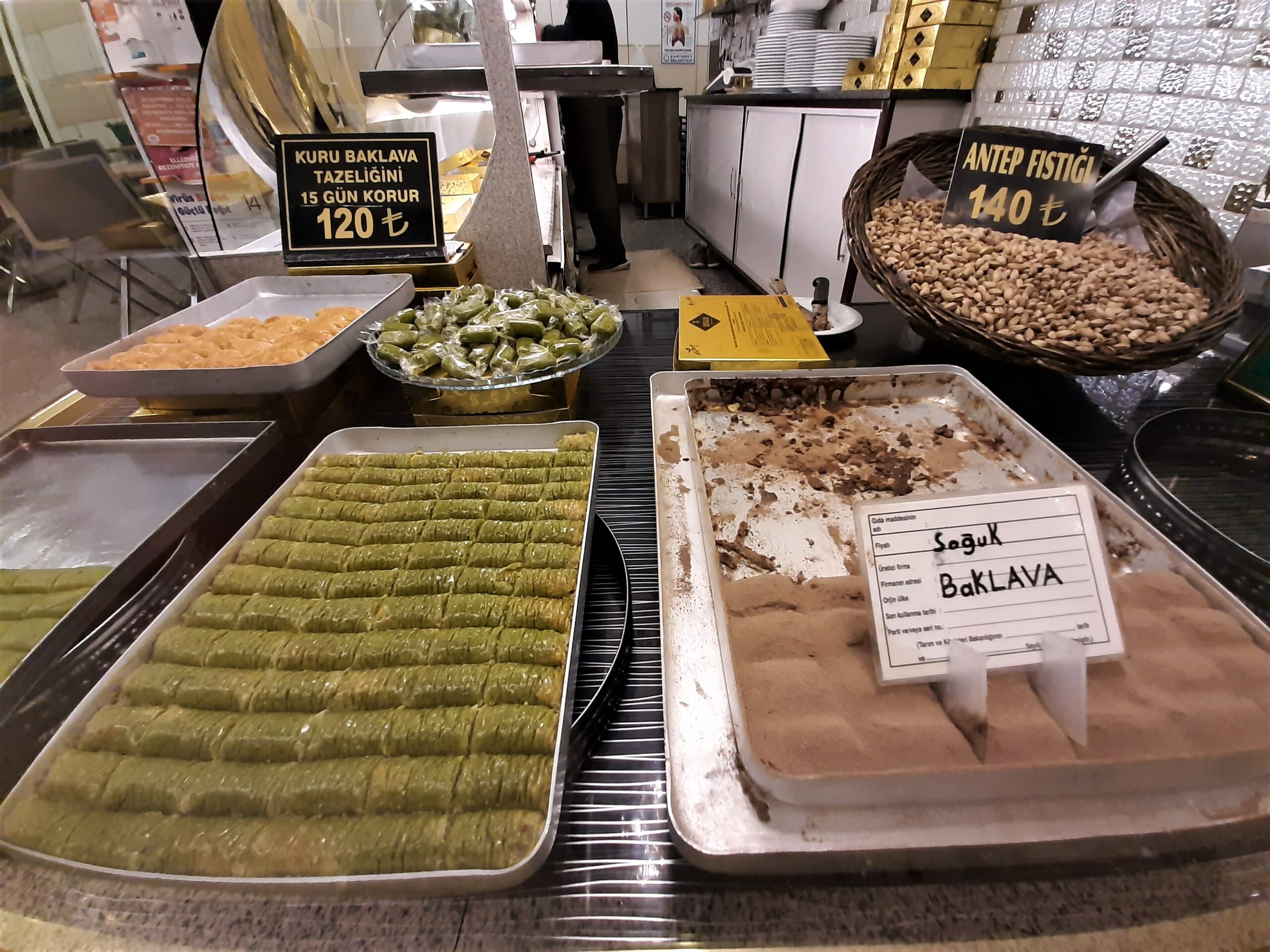
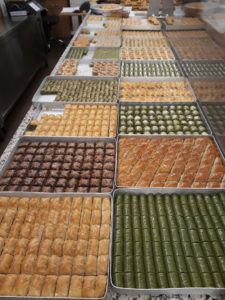
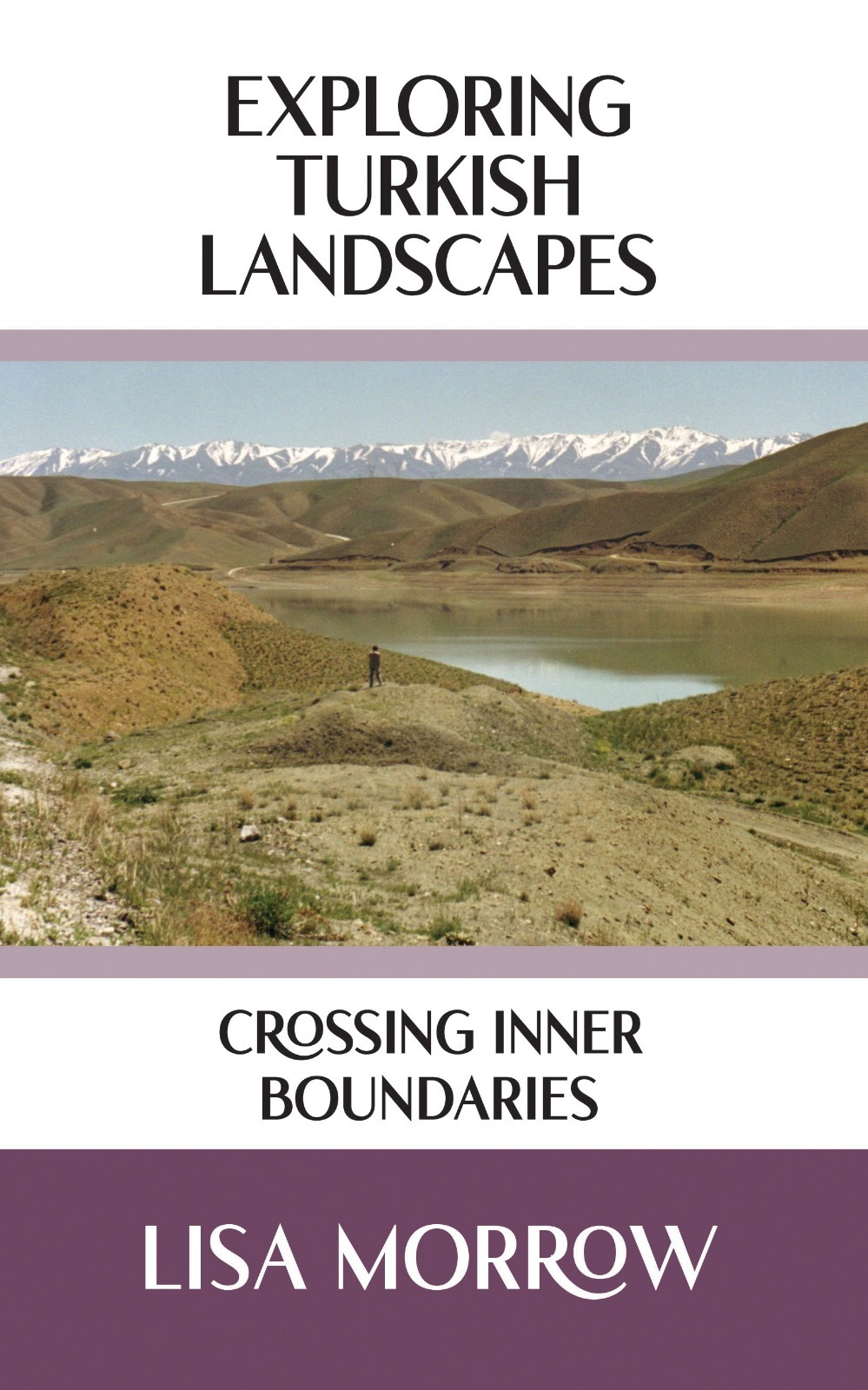
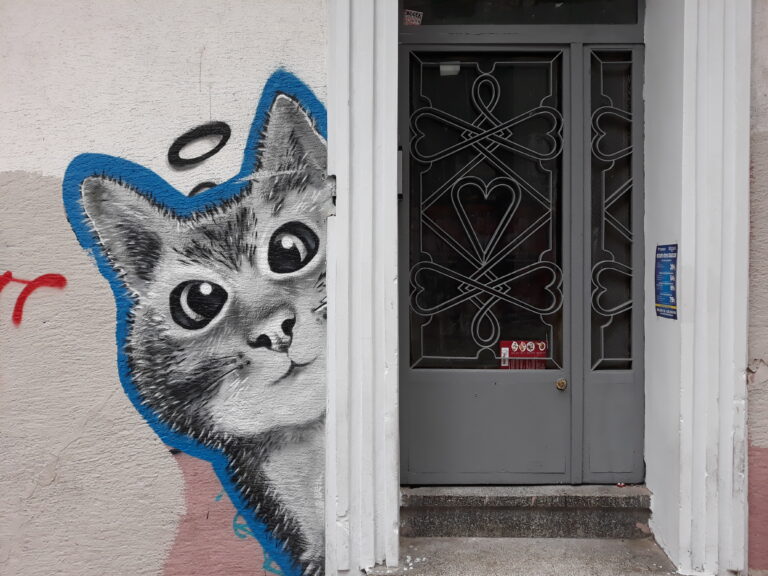
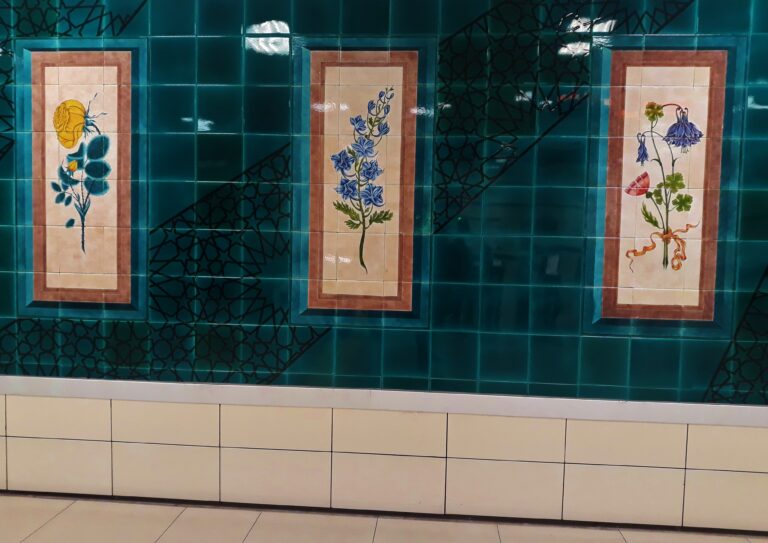
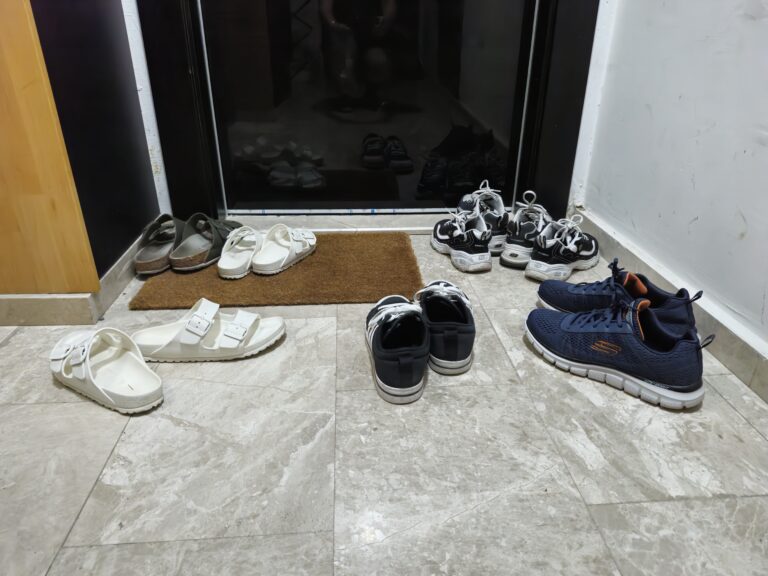
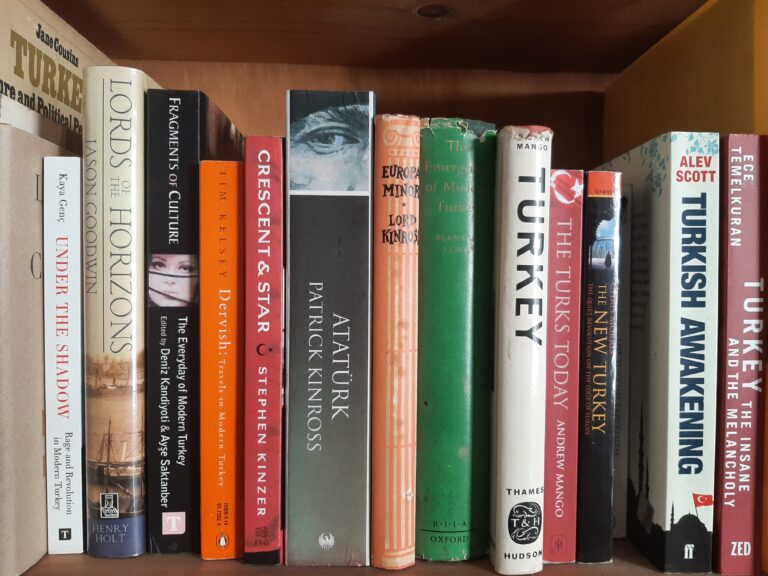

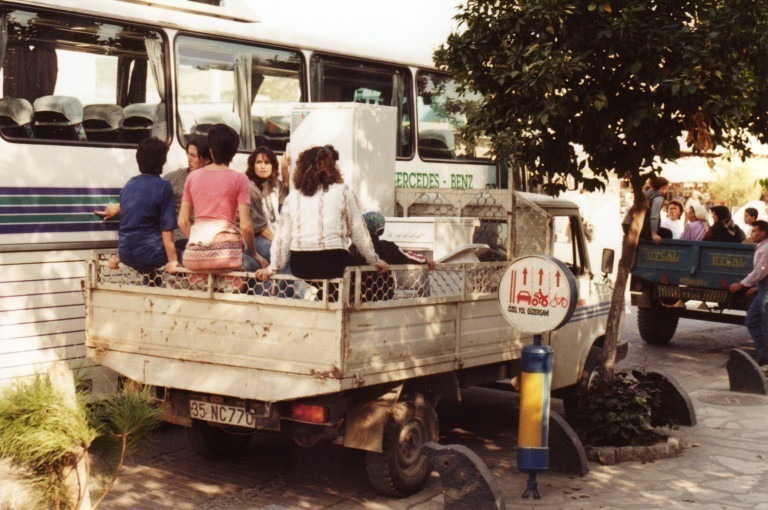
Thank you for this very interesting explanation.
My pleasure.